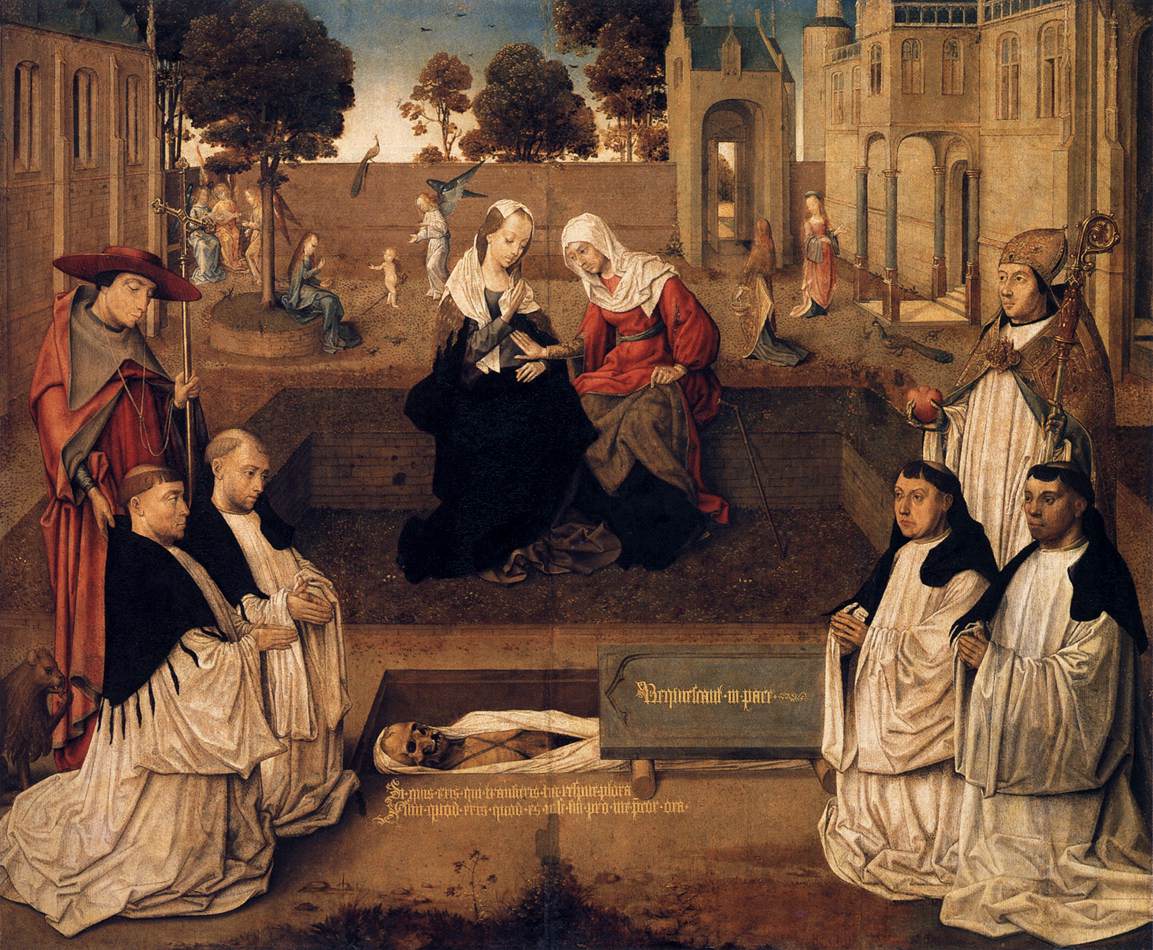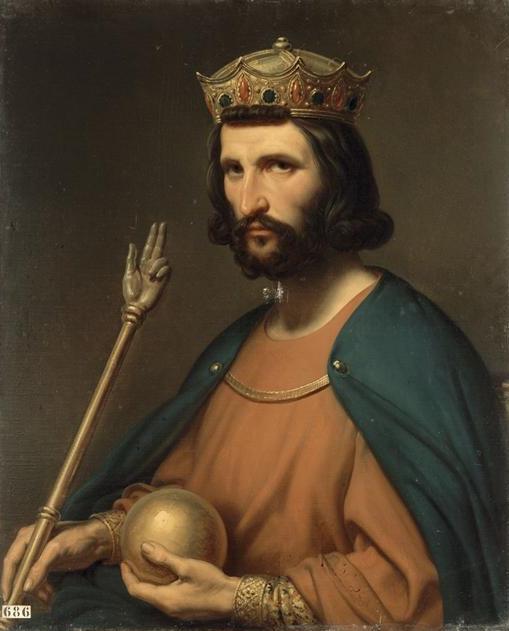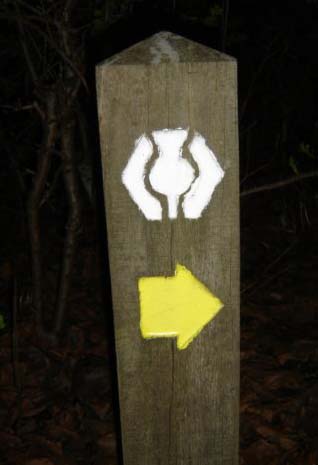|
Faolán Mac Colmáin
Saint Fillan, Filan, Phillan, Fáelán (Old Irish) or Faolán (modern Gaeilge & Gàidhlig) is the name of an eighth century monk from Munster, who having studied at Taghmon Abbey, traveled to Scotland and settled at Strath Fillan. Name The name Fillan probably means "little wolf" in Irish / Gaeilge, being formed on a diminutive of ''faol'', an old word for the animal. In Irish/Gaeilge the name Faolán is pronounced 'Fway-lawn'. Life St. Fillan of Munster, the son of Feriach, grandson of Cellach Cualann, King of Leinster, received the monastic habit at the Abbey of Fintán of Taghmon in Wexford and came to Scotland from Ireland in 717 as a hermit along with his Irish princess-mother St. Kentigerna, and his Irish prince-uncle St. Comgan. They settled at Loch Duich. After spending some time with his uncle Saint Comgan at Lochalsh, where Killilan (Kilfillan) bears his name, the saint devoted himself to the evangelization of the district of Perthshire round Strath Fillan, w ... [...More Info...] [...Related Items...] OR: [Wikipedia] [Google] [Baidu] |
Old Irish
Old Irish, also called Old Gaelic (, Ogham, Ogham script: ᚌᚑᚔᚇᚓᚂᚉ; ; ; or ), is the oldest form of the Goidelic languages, Goidelic/Gaelic language for which there are extensive written texts. It was used from 600 to 900. The main contemporary texts are dated 700–850; by 900 the language had already transitioned into early Middle Irish. Some Old Irish texts date from the 10th century, although these are presumably copies of texts written at an earlier time. Old Irish is forebear to Modern Irish, Manx language, Manx and Scottish Gaelic. Old Irish is known for having a particularly complex system of morphology (linguistics), morphology and especially of allomorphy (more or less unpredictable variations in stems and suffixes in differing circumstances), as well as a complex phonology, sound system involving grammatically significant Irish initial mutations, consonant mutations to the initial consonant of a word. Apparently,It is difficult to know for sure, giv ... [...More Info...] [...Related Items...] OR: [Wikipedia] [Google] [Baidu] |
Glen Dochart
Glen Dochart () in Perthshire, Scottish Highlands is a glen which runs from Crianlarich eastwards to Killin, following the course of the River Dochart as it flows through Loch Dochart and Loch Iubhair. It is met by Glen Ogle () at Lix Toll. Lochan Saorach lies within the glen and was once famous for its Floating island A floating island is a mass of floating aquatic plants, mud, and peat ranging in thickness from several centimeters to a few meters. Sometimes referred to as ''tussocks'', ''floatons'', or ''suds'', floating islands are found in many parts of t .... Notable People *Rev Prof Daniel Dewar born and raised here References Glens of Scotland Valleys of Stirling (council area) {{Stirling-geo-stub ... [...More Info...] [...Related Items...] OR: [Wikipedia] [Google] [Baidu] |
Inchaffray Abbey
Inchaffray Abbey was situated by the village of Madderty, midway between Perth and Crieff in Strathearn, Scotland. The only traces now visible are an earth mound and some walls on rising ground which once (before drainage) formed an island where the abbey once stood (the surrounding marshes known for eels). History Folk etymology has the name Inchaffray taken from the Gaelic ''innis abh reidh'' (island of the smooth water), but the earliest attested form of the name is the Latin ''Insula missarum'' (island of the masses), mass in Gaelic being ''oifrend'' and Welsh ''offeren'', thus island of the offerings. A charter of Jonathan, Bishop of Dunblane, refers to the place "qui uocatur lingua Scottica Inche Affren" (="which is called in the Gaelic language ''Inche Affren''") and comparative usage shows that ''Insula Missarum'' was taken as a translation, e.g. "Sancti Johannis evangeliste de Inchefrren" and "sancto Johanni apostolo de Insula Misserum". A priory was created on the ... [...More Info...] [...Related Items...] OR: [Wikipedia] [Google] [Baidu] |
Canons Regular
The Canons Regular of St. Augustine are Catholic priests who live in community under a rule ( and κανών, ''kanon'', in Greek) and are generally organised into Religious order (Catholic), religious orders, differing from both Secular clergy, secular canons and other forms of religious life, such as clerics regular, designated by a partly similar terminology. As religious communities, they have laybrothers as part of the community. At times, their Orders have been very popular: in England in the 12th century, there were more houses of canons (often referred to as an abbey or canonry) than monasteries of monks. Preliminary distinctions All canons regular are to be distinguished from canon (priest), secular canons who belong to a resident group of priests but who do not take religious vows, public vows and are not governed in whatever elements of life they lead in common by a historical rule. One obvious place where such groups of priests are required is at a cathedral, where ... [...More Info...] [...Related Items...] OR: [Wikipedia] [Google] [Baidu] |
Robert I Of Scotland
Robert I (11 July 1274 – 7 June 1329), popularly known as Robert the Bruce (), was King of Scots from 1306 until his death in 1329. Robert led Kingdom of Scotland, Scotland during the First War of Scottish Independence against Kingdom of England, England. He fought successfully during his reign to restore Scotland to an independent kingdom and is regarded in Scotland as a folk hero, national hero. Robert was a fourth-great-grandson of King David I, and his grandfather, Robert de Brus, 5th Lord of Annandale, was one of the claimants to the Scottish throne during the "Great Cause". As Earl of Carrick, Robert the Bruce supported his family's claim to the Scottish throne and took part in William Wallace's campaign against Edward I of England. Appointed in 1298 as a Guardian of Scotland alongside his chief rival for the throne, John Comyn of Badenoch, and William Lamberton, Bishop of St Andrews, Robert resigned in 1300 because of his quarrels with Comyn and the apparently imminen ... [...More Info...] [...Related Items...] OR: [Wikipedia] [Google] [Baidu] |
William The Lion
William the Lion (), sometimes styled William I (; ) and also known by the nickname ; e.g. Annals of Ulster, s.a. 1214.6; Annals of Loch Cé, s.a. 1213.10. ( 1142 – 4 December 1214), reigned as King of Alba from 1165 to 1214. His almost 49-year-long reign was the longest for a Scottish monarch before the Union of the Crowns in 1603. Early life William was born around 1142, during the reign of his grandfather King David I of Scotland. His parents were Henry of Scotland, a younger son of David I, and Ada de Warenne, a daughter of the powerful Anglo-Norman lord William de Warenne, 2nd Earl of Surrey and Elizabeth of Vermandois, Countess of Leicester, herself a granddaughter of Henry I of France. William was around 10 years old when his father died in 1152, making his elder brother Malcolm the heir apparent to their grandfather. From his father, William inherited the Earldom of Northumbria. David I died the next year, and William became heir presumptive to the new ... [...More Info...] [...Related Items...] OR: [Wikipedia] [Google] [Baidu] |
Lay Abbot
Lay abbot (, ) is a name used to designate a layman on whom a king or someone in authority bestowed an abbey as a reward for services rendered; he had charge of the estate belonging to it, and was entitled to part of the income. The custom existed principally in the Frankish Empire from the eighth century until the ecclesiastical reforms of the eleventh. Background Numerous synods held in France in the sixth and seventh centuries passed decrees against this abuse of church property. The Merovingians had bestowed church lands on laymen, or at least allowed them their possession and use, though not ownership.Kirsch, Johann Peter. "Lay Abbot." The Catholic Encyclopedia Vol. 9. New York: Robert Appleton Company, 1910. 26 Jul. 2015 The Merovingian kings were also in the habit of appointing abbots to ... [...More Info...] [...Related Items...] OR: [Wikipedia] [Google] [Baidu] |
West Highland Way
The West Highland Way () is a linear Long-distance trail, long-distance route in Scotland. It is long, running from Milngavie north of Glasgow to Fort William, Highland, Fort William in the Scottish Highlands, with an element of hill walking in the route. The trail, which opened in 1980, was Scotland's first officially designated Long Distance Route, and is now designated by NatureScot as one of Scotland's Great Trails. It is primarily intended as a long distance hiking, walking route, and whilst many sections are suitable for mountain biking and horseriding there are obstacles and surfaces that will require these users to dismount in places. It is managed by the West Highland Way Management Group (WHWMG) consisting of the local government in Scotland, local authorities for East Dunbartonshire, Stirling (council area), Stirling, Argyll and Bute and Highland (council area), Highland, alongside the Loch Lomond and The Trossachs National Park, Loch Lomond and The Trossachs Nationa ... [...More Info...] [...Related Items...] OR: [Wikipedia] [Google] [Baidu] |
Priory
A priory is a monastery of men or women under religious vows that is headed by a prior or prioress. They were created by the Catholic Church. Priories may be monastic houses of monks or nuns (such as the Benedictines, the Cistercians, or the Charterhouses). Houses of canons & canonesses regular also use this term, the alternative being "canonry". Mendicant houses, of friars, nuns, or tertiary sisters (such as the Friars Preachers, Augustinian Hermits, and Carmelites) also exclusively use this term. In pre-Reformation England, if an abbey church was raised to cathedral status, the abbey became a cathedral priory. The bishop, in effect, took the place of the abbot, and the monastery itself was headed by a prior. History Priories first came to existence as subsidiaries to the Abbey of Cluny. Many new houses were formed that were all subservient to the abbey of Cluny and called Priories. As such, the priory came to represent the Benedictine ideals espoused by the ... [...More Info...] [...Related Items...] OR: [Wikipedia] [Google] [Baidu] |
Augustinians
Augustinians are members of several religious orders that follow the Rule of Saint Augustine, written about 400 A.D. by Augustine of Hippo. There are two distinct types of Augustinians in Catholic religious orders dating back to the 12th–13th centuries: * Various congregations of Canons Regular also follow the Rule of Saint Augustine, embrace the evangelical counsels and lead a semi-monastic life, while remaining committed to pastoral care appropriate to their primary vocation as priests. They generally form one large community which might serve parishes in the vicinity, and are organized into autonomous congregations. * Several orders of friars who live a mixed religious life of contemplation and apostolic ministry. The largest and most familiar is the Order of Saint Augustine (OSA), founded in 1244 and originally known as the Hermits of Saint Augustine (OESA). They are commonly known as the Austin Friars in England. Two other orders, the Order of Augustinian Recollects ... [...More Info...] [...Related Items...] OR: [Wikipedia] [Google] [Baidu] |
Parable
A parable is a succinct, didactic story, in prose or verse, that illustrates one or more instructive lessons or principles. It differs from a fable in that fables employ animals, plants, inanimate objects, or forces of nature as characters, whereas parables have human characters. A parable is a type of metaphorical analogy. Some scholars of the canonical gospels and the New Testament apply the term "parable" only to the parables of Jesus, although that is not a common restriction of the term. Etymology The word ''parable'' comes from the Greek παραβολή (''parabolē''), literally "throwing" (''bolē'') "alongside" (''para-''), by extension meaning "comparison, illustration, analogy." It was the name given by Greek rhetoricians to an illustration in the form of a brief fictional narrative. History The Bible contains numerous parables in the Gospels of the New Testament ( Jesus' parables). These are believed by some scholars (such as John P. Meier) to have been inspir ... [...More Info...] [...Related Items...] OR: [Wikipedia] [Google] [Baidu] |







